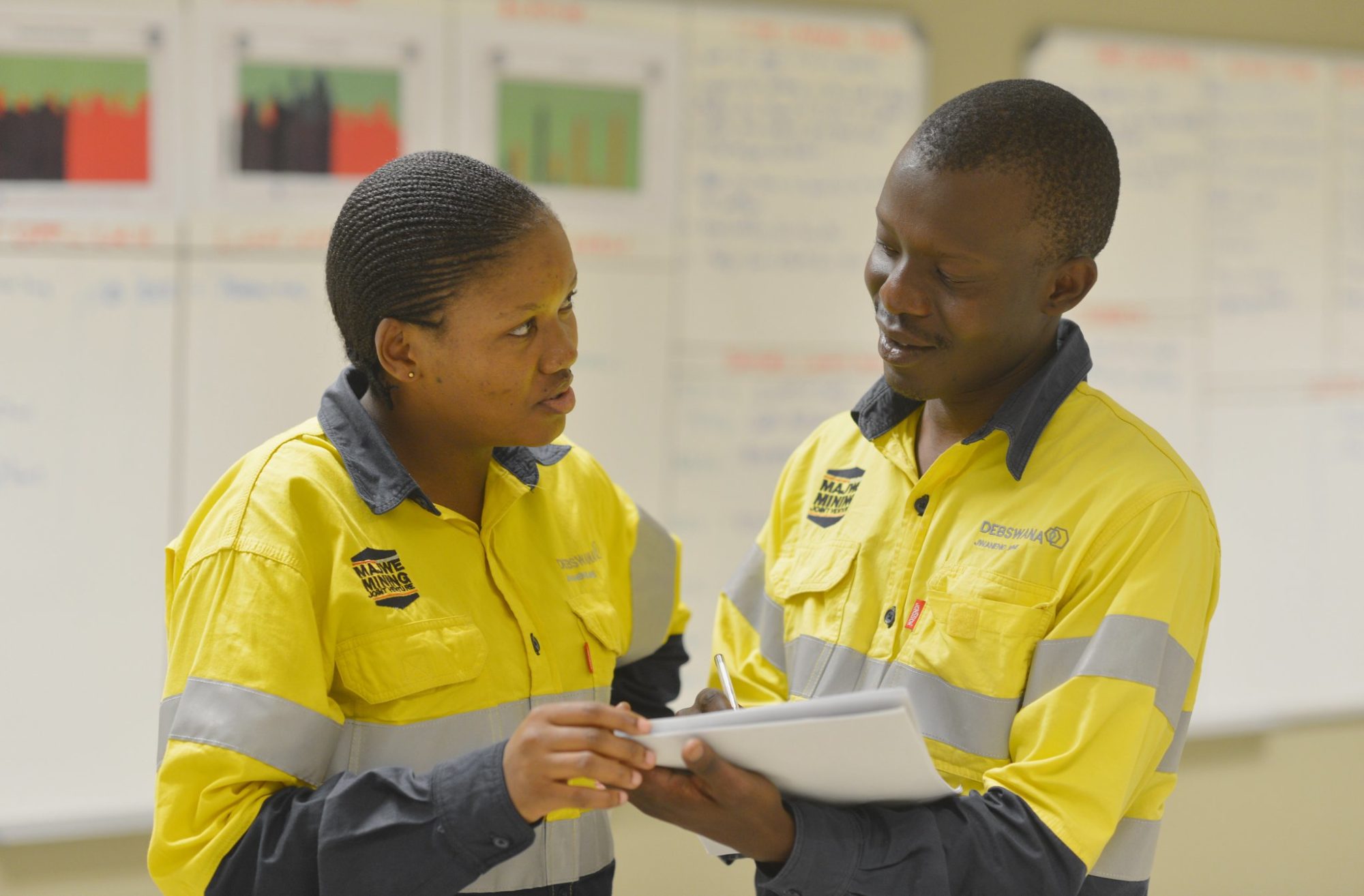Thiess, through Majwe Mining Joint Venture (Majwe), has secured a A$1.7 billion ($1.2 billion) contract at Debswana Diamond Co’s Jwaneng Mine Cut-9 project in Botswana.
Majwe, a JV between Thiess (70%) and long-term local partner Bothakga Burrow Botswana (30%), will provide full scope mining services over nine years, including drill and on-bench services, mine planning, equipment maintenance, load and haul, and mining operations, it said.
This new volume-based contract follows Majwe’s successful completion of the Cut 8 project at the diamond mine in November 2018.
Michael Wright, CEO of CIMIC Group, the owners of Thiess, said: “This new contract strengthens Thiess’ presence in Botswana and builds on our operational and technical teams’ solid performance at Jwaneng since 2011.
CIMIC Group Mining and Minerals Executive and Thiess Managing Director, Douglas Thompson, said: “I am pleased to be extending our long-term relationship with Debswana Diamond Company and Majwe, delivering scalable and innovative solutions that are tailored to our client’s production and expansion needs.”
Last month, Basil Read Mining Botswana, a wholly owned subsidiary of Basil Read Mining, entered into an agreement with Thiess Botswana and Bothakga Burrow Botswana to sell its 28% interest in the Majwe JV to the two firms.
Jwaneng, reportedly the richest diamond mine in the world by value, produces more than 10 Mct per year of diamonds.
The most recently completed Cut-8 project, which took the 2.5 km by 1.5 km mine from a depth of 400 m to 650 m, ensured continuous production until at least 2024.
Cut-9, meanwhile, is expected to extend the life of mine to 2035 and yield an estimated 53 Mct of rough diamonds from 44 Mt of treated material, Debswana said.
Debswana will invest approximately $2 billion over the life of the project, with the company’s shareholders approving the budget for 2019 so that the next phase of work can commence.
At its peak Cut-9 is expected to create more than 1,000 jobs, the majority of which will be held by Batswana citizens.
The high level CEEP key performance indicators for the Cut-9 project include, but are not limited to the establishment of an Apprentice and Artisan Training Centre, a Component Rebuild Centre, which is expected to mature into a self-sustaining business within three years from the launch of the project, and additional local business development initiatives.











